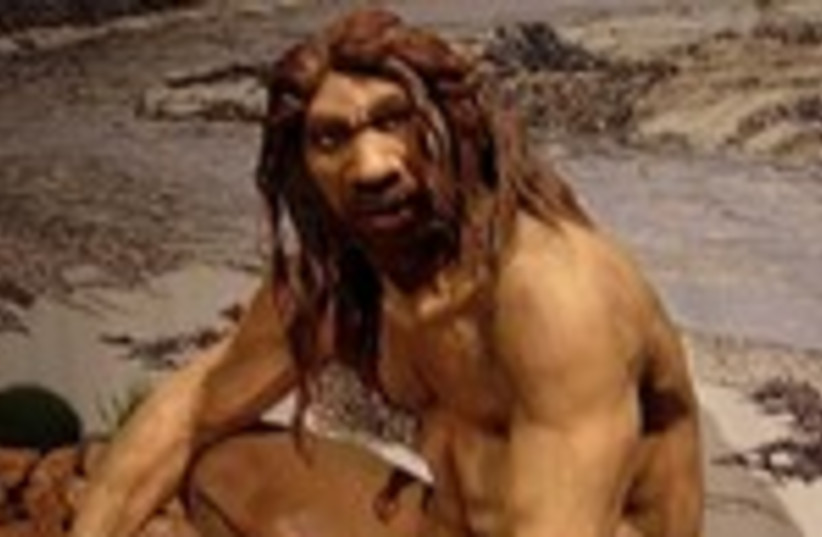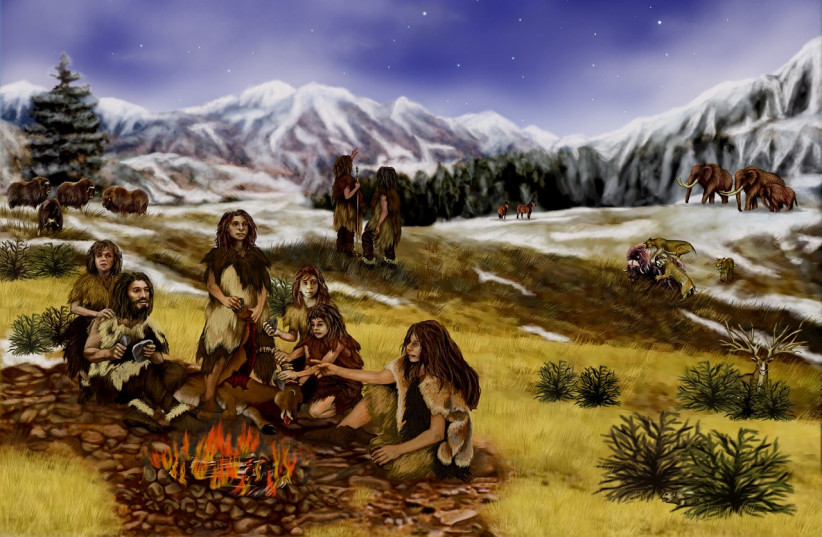New study discovers eight new prehistoric human groups
It unveils important changes in the genetic makeup of some regions following major climate changes,” - Ludovic Orlando, a molecular archaeologist.
At least eight groups of previously unknown prehistoric humans were discovered in a new peer-reviewed study published in Nature which has provided more knowledge into the lives of humans living through the Ice Age.
Researchers analyzed genomes from 357 ancient Europeans who lived between 5,000 and 35,000 years ago. This data set included 116 new individuals.
Through analyzing the data, the researchers were able to identify eight new tribal populations who migrated into Europe. Some of the groups were developed enough to have survived the Ice Age.
"We are finally understanding the dynamics of European hunter-gatherers,” Vanessa Villalba-Mouco, a paleogeneticist at the Max Planck Institute for Evolutionary Anthropology in Leipzig, Germany, and an author of both studies, told The New York Times.
Researchers had previously categorized remnants as early humanity based on the tools or art that the group made. However, with DNA analysis, researchers can get a greater insight into different tribes and evolutions.
 A model of a homo sapien. (credit: Wikimedia Commons)
A model of a homo sapien. (credit: Wikimedia Commons)New knowledge
Around 33,000 years ago, a new culture named 'Gravettian' spread across the European continent. This is where mankind began hunting creatures like mammoths with weapons and developing Venus figurines. Venus figurines depict a large naked woman and are thought to have symbolized good luck, and fertility and act as an aphrodisiac, according to the encyclopedia Britannica.
Using DNA, scientists categorized two early-human groups in Europe. The first group, from France and Spain, is called 'Fournol.' The second group, which originates from Italy, the Czech Republic and Germany, is called 'Vestonice.'
Despite genetic distinctions between the groups, evidence suggests that they interacted fairly peacefully. It is thought that they shared tools and partook in one another's culture. Scientists even found mixed DNA in 30,000-year-old remains in Belgium, suggesting the groups mated.
There is no evidence that the Vestonice were able to survive the Ice Age. However, in their place, a new population called 'Villabruna' emerged in Europe from the Balkans.
Around 14,000 years ago, Villabruna crossed the alps and came into contact with the Fournol. From the merging of these two groups, the 'Oberkassel' population was created. The new population spread across Europe and became the dominant group.
The findings give rise to new theories
While it has been generally accepted that all humans originated from Africa and migrated to different continents, the information produced in this study proposes the possibility that this is not the case.
"It’s actually quite interesting that the very first modern humans also had a very hard time to actually survive,” said Cosimo Posth, a paleogeneticist at the University of Tübingen in Germany and an author of both studies.
“Right after the Last Glacial Maximum, the genetic makeup of the human groups living in the Italian peninsula changed dramatically,” Ludovic Orlando, a molecular archaeologist who wrote a perspective on the new study, told Live Science.
This new research “considerably extends our knowledge of ancient genome human variation in the deep past of Europe,” Orlando said. “It unveils important changes in the genetic makeup of some regions following major climate changes.”
Homo Erectus: 'The Upright Man' | Prehistoric Humans Documentary
THIS PAGE WAS POSTED BY SPUTNIK ONE OF THE SPUTNIKS ORBIT BLOG


No comments:
Post a Comment
Stick to the subject, NO religion, or Party politics